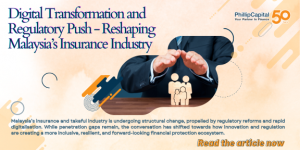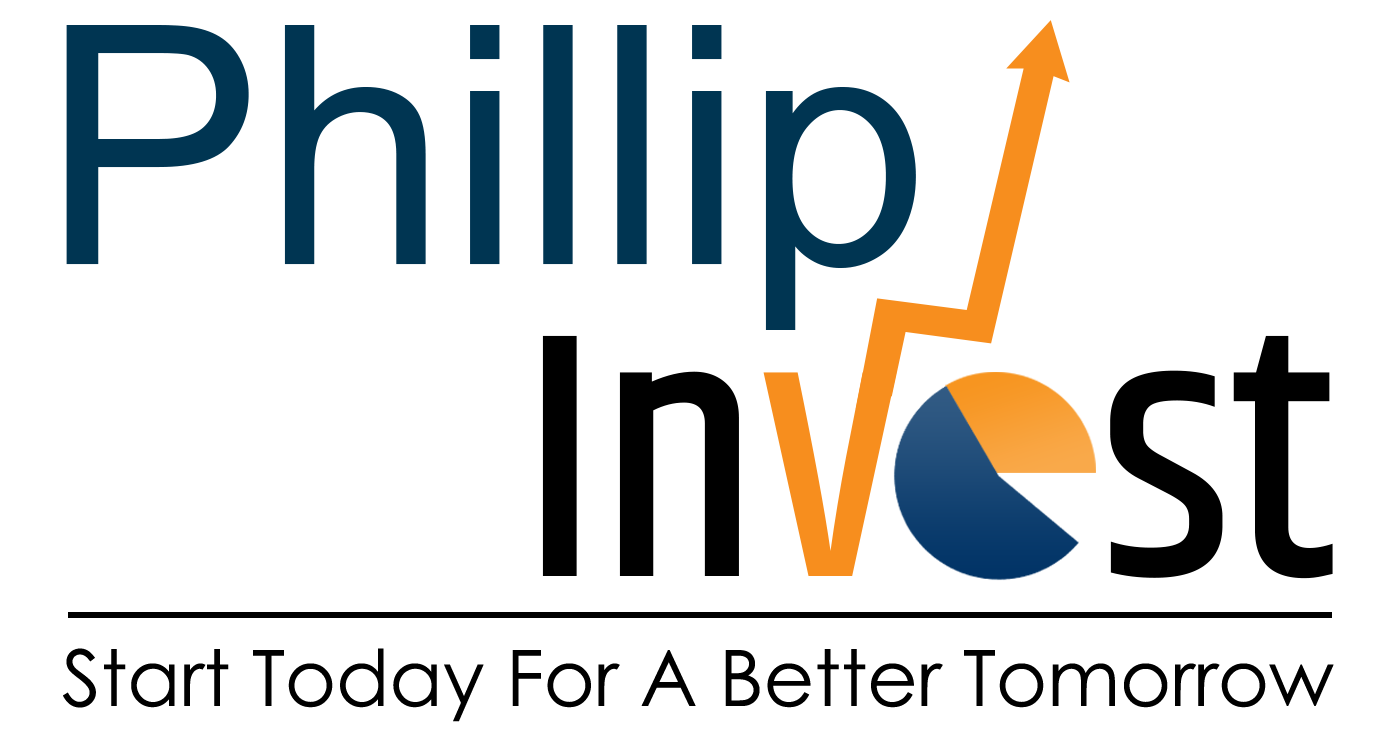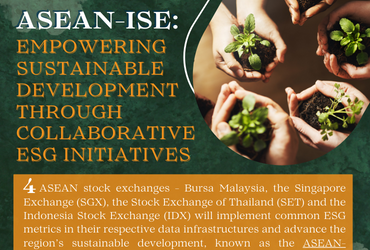
Digital Transformation and Regulatory Push: Reshaping Malaysia’s Insurance Industry
Malaysia’s insurance and takaful industry is undergoing structural change, propelled by regulatory reforms and rapid digitalisation. While penetration gaps remain, the conversation has shifted towards how innovation and regulation are creating a more inclusive, resilient, and forward-looking financial protection ecosystem.
Digitalisation as a Growth Catalyst
The release of Bank Negara Malaysia’s framework on Digital Insurers and Takaful Operators (DITOs) in 2024 marked a turning point. DITOs are designed to operate with leaner cost structures and technology-first models, enabling them to deliver modular, affordable products. This approach is particularly effective for reaching underserved groups such as gig workers, millennials, and rural households, who have traditionally fallen outside mainstream insurance channels.
This move is consistent with the Financial Sector Blueprint 2022–2026, which highlights financial inclusion, innovation, and resilience as national priorities. The framework signals regulators’ intention to foster a competitive yet consumer-friendly landscape, where new entrants can complement incumbents while driving sector-wide efficiency.
Hijrah27: Charting the Industry’s Transformation
In November 2024, the Malaysian Takaful Association (MTA) officially launched Hijrah27, a strategic transformation plan aimed at doubling family takaful penetration from around 20% to 40% by 2028. The roadmap goes beyond growth targets, embedding ESG (environmental, social, and governance) principles, professional development for takaful practitioners, and expanded outreach to underserved communities.
Hijrah27 builds on the Value-Based Intermediation for Takaful (VBIT) agenda, first introduced in 2021, which pushes operators to integrate sustainability, risk-sharing, and social impact into their business models. Together, these initiatives reflect regulators’ view of insurance not just as a financial product, but as a national resilience tool.
Industry Momentum in 2025
Recent results show that momentum is already building. Takaful Malaysia posted a 9% rise in revenue in the first half of FY2025 to RM1.85 billion, supported by strong family takaful growth and higher adoption of its digital “Kaotim” platform. The company also signed a 20-year bancatakaful partnership with RHB Bank in 2025, underscoring how bank distribution remains critical to broadening access.
At the same time, conventional insurers are ramping up InsurTech investments to stay competitive. Artificial intelligence, big data, and blockchain are being deployed for underwriting, claims management, and customer engagement. These tools lower costs, reduce fraud risk, and allow for more personalised products—key advantages in an increasingly digital-first marketplace.
A More Competitive Landscape
The regulatory and digital push is also reshaping competition between conventional and takaful operators. While conventional insurers face the challenge of revitalising more mature lines of business, takaful players benefit from strong demographic alignment, government support, and increasing interest from non-Muslims drawn to ethical, profit-sharing models. Malaysia’s ambition to remain a global Islamic finance hub further enhances the takaful sector’s positioning.
Conclusion
The transformation of Malaysia’s insurance sector is now well underway. Digital-first regulation, the launch of Hijrah27, and strong industry momentum in 2025 demonstrate that the market is shifting from aspiration to execution. The coming years will be defined not only by how insurers close protection gaps but also by how they leverage technology, regulation, and partnerships to deliver sustainable growth. Malaysia’s insurance and takaful industry, once criticised for underpenetration, is emerging as a regional test case for digitalisation and policy-driven transformation.
Disclaimer
The information contained herein does not constitute an offer, invitation, or solicitation to invest in any product or service offered by Phillip Capital Management Sdn Bhd (“PCM”). No part of this document may be reproduced or circulated without prior written consent from PCM. This is not a unit trust or collective investment scheme and is not an obligation of, deposit in, or guaranteed by PCM. All investments carry risks, including the potential loss of principal.
Performance figures presented may reflect model portfolios and may differ from actual client accounts’ performance. Variations in individual clients’ portfolios against model portfolios and between one client’s portfolio to another can arise due to multiple factors, including (but not limited to) higher relative brokerage costs for smaller portfolios, timing of capital injections or withdrawals, timing of purchases and sales, and mandate change (e.g., Shariah vs. conventional). These differences may impact overall performance.
Past performance is not necessarily indicative of future returns. The value of investments may rise or fall, and returns are not guaranteed. PCM has not considered your investment objectives, financial situation, or particular needs. You are advised to consult a licensed financial adviser before making any investment decisions.
While all reasonable care has been taken to ensure the accuracy and completeness of the information contained herein, no representation or warranty is made, and no liability is accepted for any loss arising directly or indirectly from reliance on this material. This publication has not been reviewed by the Securities Commission Malaysia.






